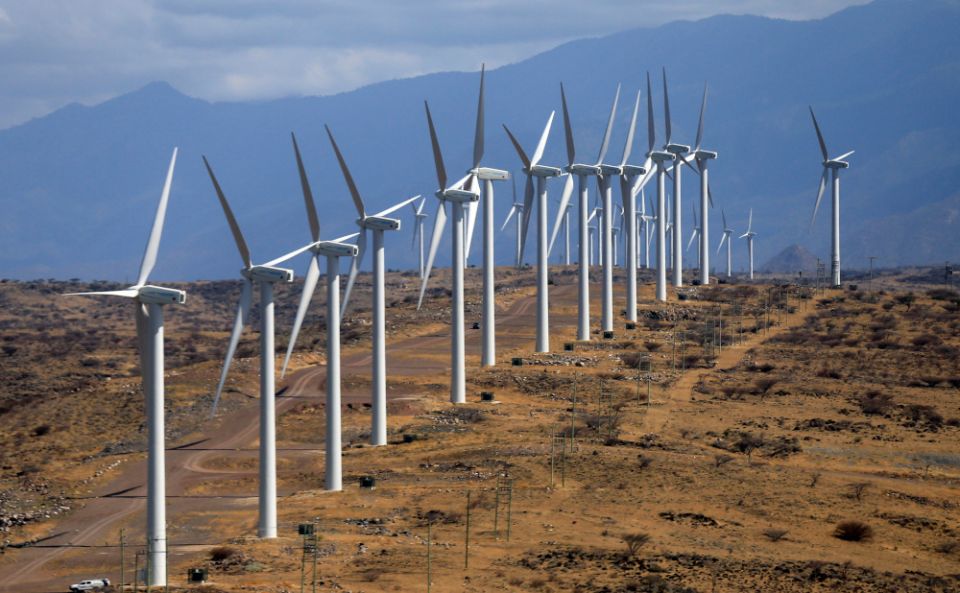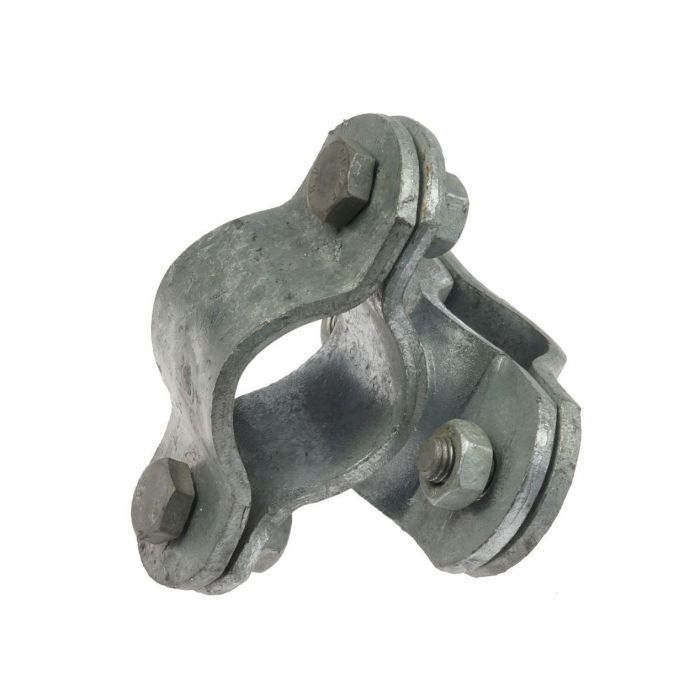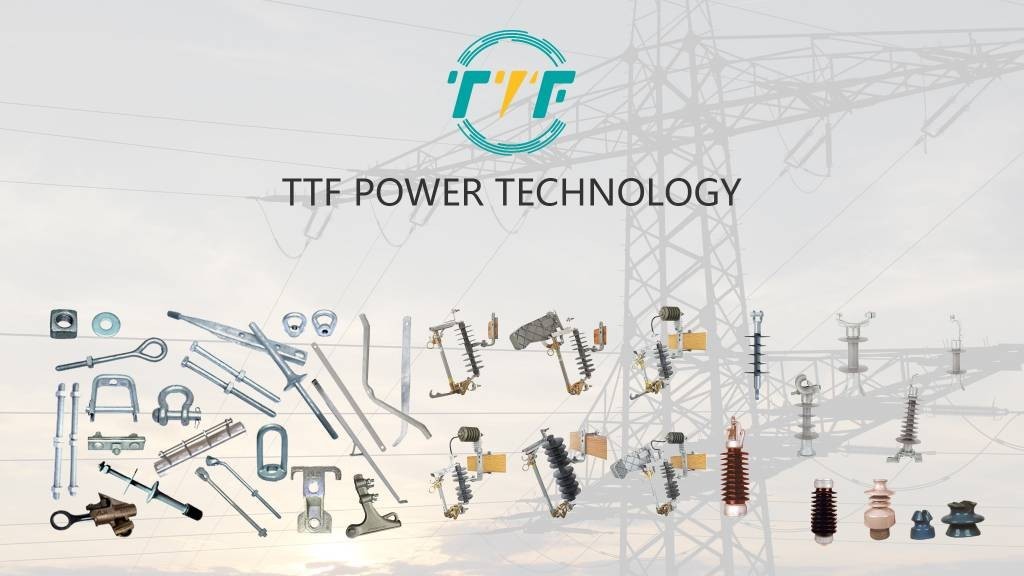
The Peruvian Ministry of Energy and Mines awarded Kalipa Generacion a temporary concession for the development of the 403 MW Tanaka wind project. The project is set to be one of Peru’s largest wind farms, reinforcing the country’s push toward renewable energy expansion. It has a capacity of 403 MW. Peru aims to increase non-hydro renewable energy to 15% of its matrix by 2030. The Tanaka wind farm could contribute to 10% of Peru’s current wind capacity. The development of this project represents a major step in Peru’s renewable energy ambitions. It could also help reduce carbon emissions while strengthening energy security in Peru. Kalipa Generacion already operates thermal and hydro plants and is now expanding into wind and solar. Using crossover clamps ensures the structural integrity and electrical safety of the overhead transmission lines. They connect the wind turbines to the substation and electrical grid.
Wind farms need extensive overhead power lines to send electricity from turbines to substations. Crossover clamps prevent two conductors crossing paths from touching to avoid short circuits or damage. Crossover clamps keep conductors at a fixed distance to ensure compliance with Peruvian electrical safety standards. The clamps are made from durable, corrosion-resistant materials to withstand Peru’s coastal climate. The Tanaka project will feed into Peru’s national grid through high-voltage lines. Crossover clamps ensure uninterrupted power flow to reduce downtime due to line failures. The clamps are important in wind farms due to dynamic wind loads, long spans, and high voltage requirements. Crossover clamps ensure safe, reliable, and efficient power evacuation from the wind farm to the grid.
Crossover clamps in infrastructure supporting wind farm development
Electrical crossover clamps are hardware fittings used to securely join or cross electrical conductors at transmission line intersections. They provide mechanical support where two conductors or cables overlap and prevent abrasion or mechanical stress where wires or cables come into contact. They are mechanical devices that ensure the structural stability, safety, and electrical efficiency of transmission and turbine systems. Crossover clamps are made from galvanized steel or aluminum alloys that provide corrosion resistance, high durability, and compatibility with electrical systems. Here are the roles of crossover clamps in the Tanaka wind farm infrastructure.

- Transmission line safety and reliability—Tanaka’s infrastructure includes an 88 km, 220 kV transmission line connecting the wind farm to Peru’s national grid. Crossover clamps prevent electrical arcing or interference where cables cross. They reduce vibration fatigue in overhead lines and protect against cable sagging, friction, or entanglement.
- Substation and switching infrastructure—the use of substations helps regulate voltage and distribute generated power. The clamps organize and separate conductors within tight substation layouts, secure cables in busbar systems, and provide electrical isolation and mechanical support in transformer setups. Proper clamp installation reduces mechanical wear and supports long-term operational reliability.
- Turbine interconnection systems—crossover clamps secure low- and medium-voltage cables inside turbine towers. They also prevent tangling or friction between power, signal, and grounding cables. Crossover clamps maintain system efficiency and reduce risks of internal electrical faults.
- Structural adaptability in seismic zones—crossover clamps aid by absorbing minor vibrations and shifts without damaging cables. They allow a degree of flexibility and movement and minimize infrastructure failure in high-stress conditions. This contributes to the resilience and safety of the Tanaka wind project’s electrical systems.
Potential barriers the Tanaka Wind Farm faces in Peru
The 403 MW Tanaka wind farm represents a major leap forward in the country’s green transition. Despite its promise, the development faces a range of potential challenges, such as technical, environmental, regulatory, and social challenges. These challenges include:

- Geographical constraints—the Tanaka project spans the Acari and Yauca districts in the Caraveli province. Potential issues could include difficult transport routes for heavy turbine components, limited access to remote sites, and soil instability and seismic activity.
- Grid integration—the project could face technical losses due to long-distance energy transmission and potential grid congestion. This could delay the project’s commissioning or reduce its initial output potential.
- Climate and wind variability—unpredictable wind data could affect profitability and grid stability. The project might face issues like intermittent wind patterns affecting energy production forecasts, underperformance, and the need for grid balancing solutions such as battery storage.
- Supply chain disruptions—large wind farms depend on timely delivery of turbines, blades, cables, and control systems. The project may face risks such as shipping delays, currency fluctuations, and potential scarcity of skilled labor.
